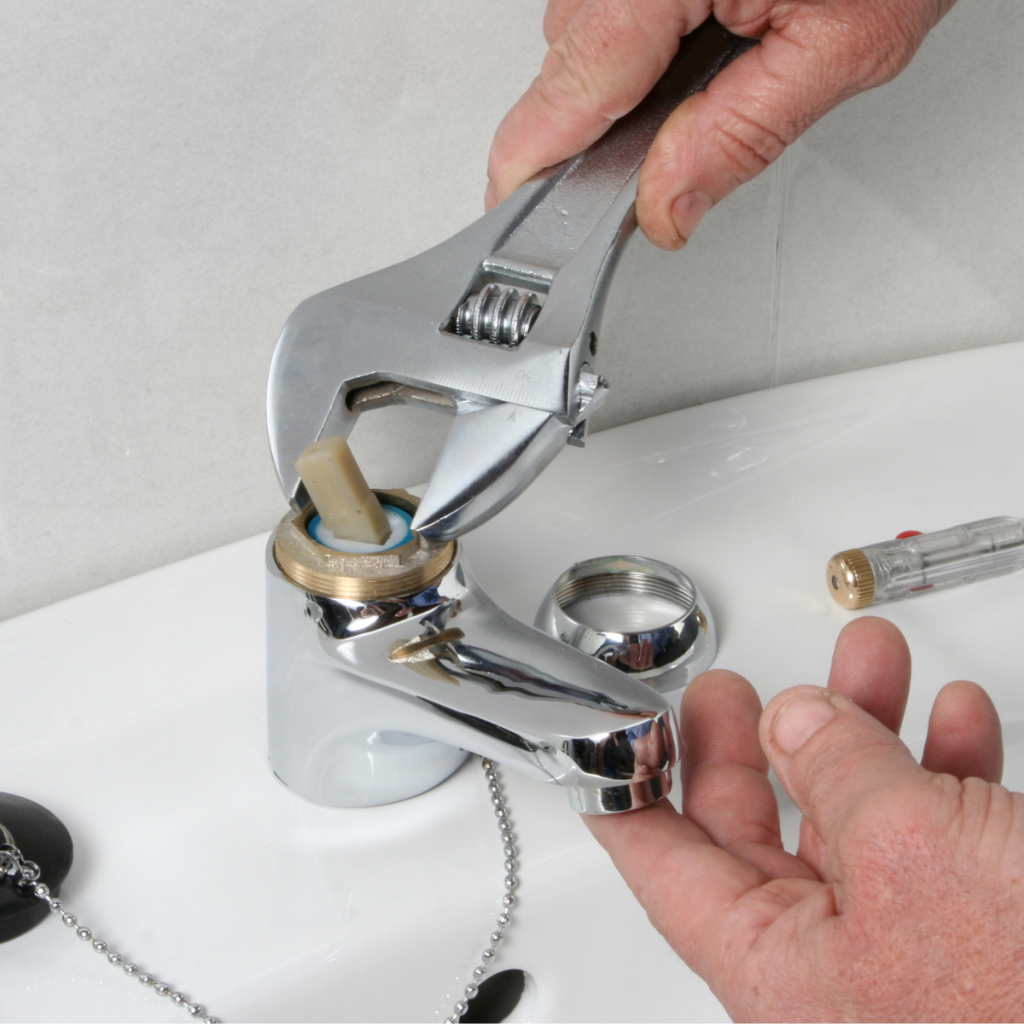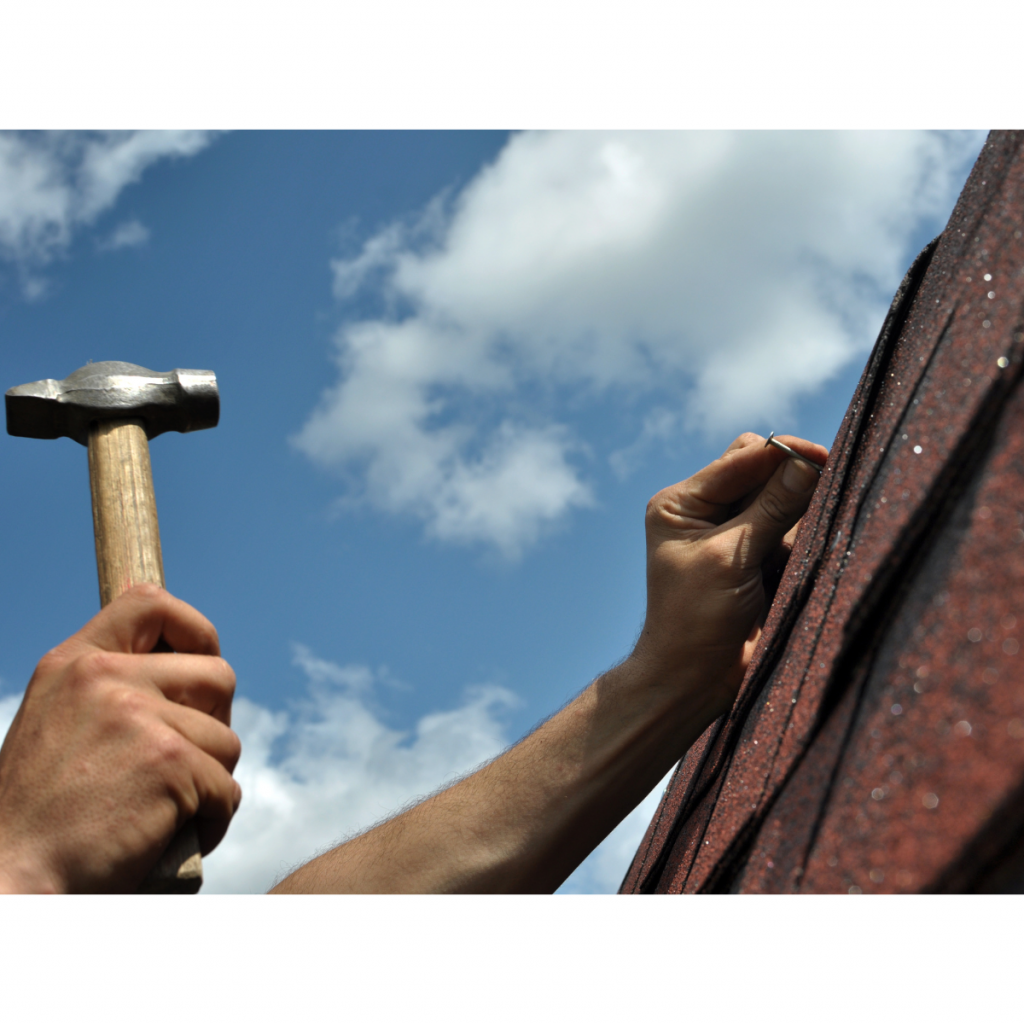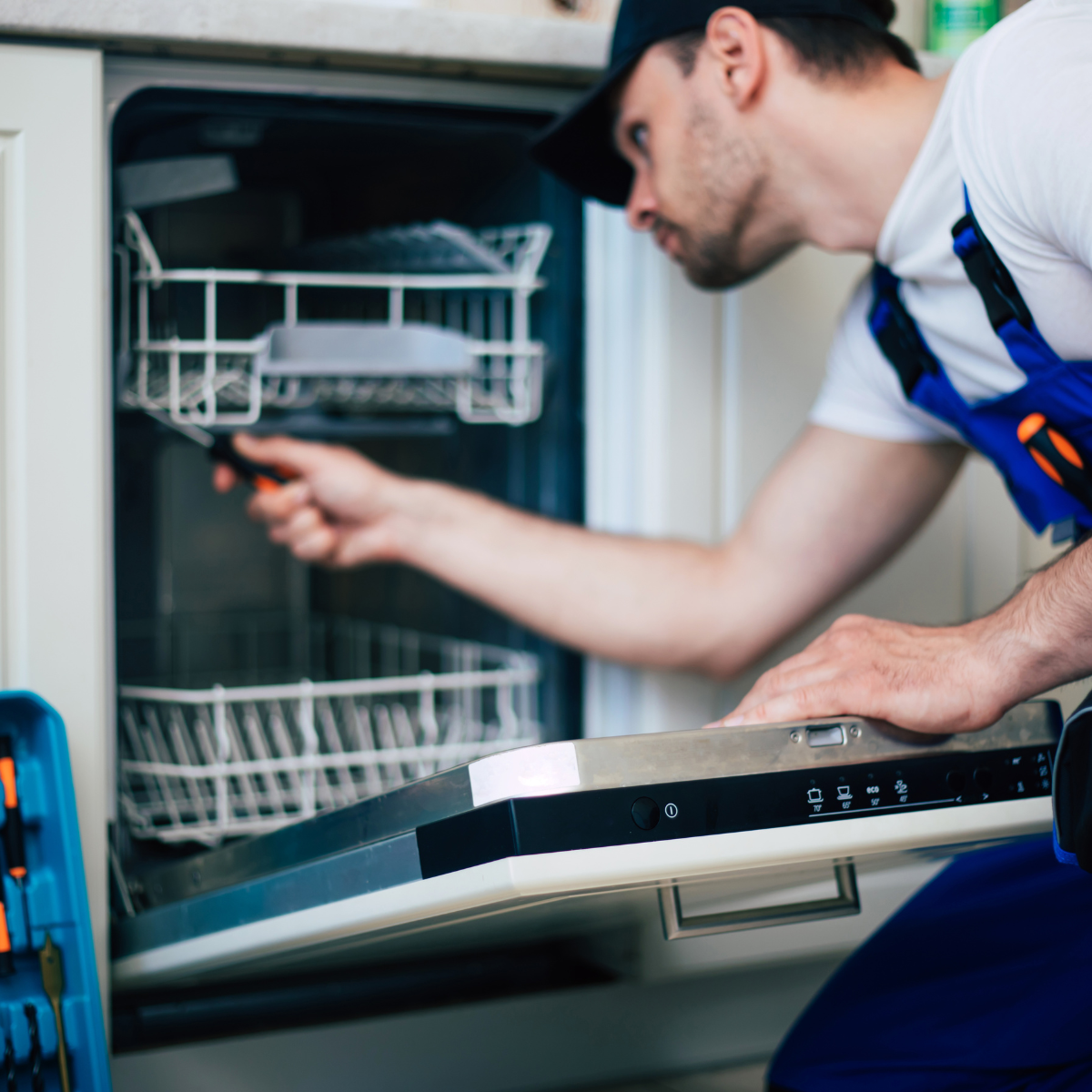In today’s fast-paced world, we’re constantly faced with the dilemma of whether to repair or replace a broken or outdated item. Whether it’s a malfunctioning smartphone, an aging washing machine, or a damaged laptop, this decision can be a challenge. On one hand, repair might seem like the more cost-effective option, but on the other hand, a replacement might promise newer features, improved efficiency, and a longer lifespan. This article explores how making the right choice between repair and replacement can help you save money, reduce waste, and contribute to a more sustainable future. By understanding when to repair and when to replace, you’ll be able to make informed decisions that benefit both your wallet and the environment.
The Rising Costs of Replacing vs. Repairing
As technology continues to advance and products become more sophisticated, the cost of replacing items has steadily increased. From smartphones to home appliances, upgrading to the latest model can sometimes come with a hefty price tag. However, the question isn’t always about cost; it’s about value. While replacing an item might seem like the easiest solution, repairing it could be a far more budget-friendly and environmentally responsible choice.

Understanding the costs associated with both options is crucial. For instance, repairing an item can be much cheaper than purchasing a new one, especially if the problem is minor or if you can do the repairs yourself. However, if the item is old, frequently breaking down, or nearing the end of its useful life, replacing it may be the better choice in the long run.
Why Repairing Makes Financial Sense
When faced with the decision of whether to repair or replace an item, consider the following advantages of opting for repairs:
1. Cost Savings
One of the biggest reasons to repair rather than replace is the potential for significant cost savings. Depending on the type of device, repair costs can be a fraction of the price of a new one. For example, replacing a laptop screen could cost a few hundred dollars, while having it repaired might only run you a fraction of that. Similarly, fixing a dishwasher that’s no longer draining properly could be much cheaper than buying a new one, particularly when you factor in installation costs.
2. Repairing Extends the Lifespan of Products
Repairs can extend the life of your devices and appliances for years. This is especially important for higher-end or sentimental items. By keeping your belongings in good working order, you can delay the need for replacement and continue to use them for a longer period. For example, repairing an old refrigerator might buy you another 3-5 years of service, which is a much better value than purchasing a brand new one.
3. Avoiding Hidden Costs of Replacing
While purchasing a new item may seem like the easiest solution, it often comes with hidden costs that are easy to overlook. For example, when replacing a smartphone, you may also need to purchase new accessories like cases, chargers, or additional apps, which can add up quickly. Moreover, you may have to deal with data transfer, software updates, or even subscription changes. These additional expenses can make replacing an item less cost-effective than simply repairing it.
The Environmental Impact of Repairing
Apart from the immediate financial benefits, repairing items instead of replacing them can have a positive impact on the environment.
1. Reducing Electronic Waste
The world faces an increasing problem with electronic waste (e-waste). Millions of tons of electronics are discarded each year, contributing to pollution and environmental degradation. By opting to repair instead of replace, you’re helping to reduce the amount of e-waste that ends up in landfills. In fact, even minor repairs to electronics can make a big difference in the long term.
2. Conserving Resources
The production of new products requires raw materials, energy, and labor, all of which come with an environmental cost. By repairing rather than replacing, you are reducing the demand for new resources and minimizing the environmental footprint associated with manufacturing. Repairing items that you already own helps to preserve the resources used in their production, making it a far more sustainable option.
3. Minimizing Carbon Emissions
Manufacturing and transporting new products generate a significant amount of carbon emissions, contributing to global warming and climate change. By repairing existing items, you’re effectively reducing your carbon footprint. Since the production of new goods requires large amounts of energy and raw materials, extending the lifespan of products through repairs is a simple yet impactful way to combat climate change.
When to Replace and When to Repair
While repairing is often the more sustainable and cost-effective option, there are times when replacing an item might be the best course of action. Here are some guidelines to help you make an informed decision:

1. When Repair Costs Exceed Replacement Costs
If the cost of repairing an item is close to or exceeds the price of purchasing a new one, it might be time to consider replacing the item. For instance, if a 5-year-old smartphone needs a replacement battery and screen, and the repair costs are close to the cost of a new model with better features, it might be more sensible to invest in a replacement.
2. When the Item Is Beyond Repair
Some items, particularly those that are old or have suffered significant damage, may be impossible to repair. In these cases, replacing the item is your only viable option. A washing machine that has suffered repeated mechanical failures or a laptop with a broken motherboard might fall into this category. If repairs are no longer effective or cost-efficient, it’s time to replace the item.
3. When New Features or Efficiency Are a Priority
If your device or appliance is outdated and can no longer meet your needs, replacement may be the better option. For example, upgrading to a newer washing machine or fridge with better energy efficiency can reduce utility bills in the long run. Additionally, new models often come with upgraded features that may be essential for your lifestyle, such as improved performance, more storage, or advanced technology.
How to Make the Smart Choice
Making an informed decision requires weighing the pros and cons of repairing versus replacing an item. Here are some key factors to consider:

1. Assess the Age of the Product
If your product is relatively new, repairing it might be the best choice. However, if it’s old and frequently breaking down, replacement might save you money in the long run, especially if the product is nearing the end of its lifespan.
2. Evaluate the Severity of the Damage
For minor issues that don’t affect the overall performance or safety of the item, repairs are usually worth it. However, if the damage is severe and impacts the functionality of the device, replacement may be a better option.
3. Consider Energy Efficiency and Upgrades
Newer models often offer better energy efficiency and advanced features that can help you save on bills and improve your experience. If these benefits outweigh the cost of replacement, then it might be time to upgrade.
Conclusion
When it comes to deciding whether to repair or replace an item, the right choice depends on a combination of factors such as cost, environmental impact, and the severity of the damage. By opting for repairs when possible, you can save money, extend the life of your devices, and contribute to reducing waste and conserving resources. However, there are instances when replacing an item is the more practical choice, particularly when the repair costs outweigh the benefits or when the item is beyond repair. By making smart, informed decisions, you can protect both your wallet and the planet.

Leave a Reply